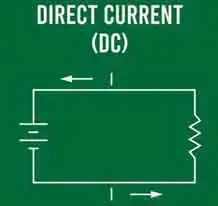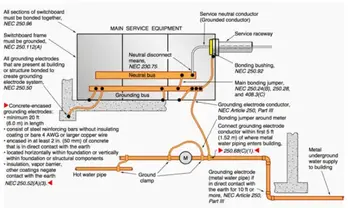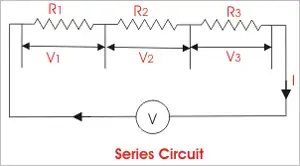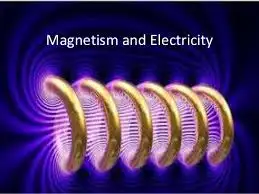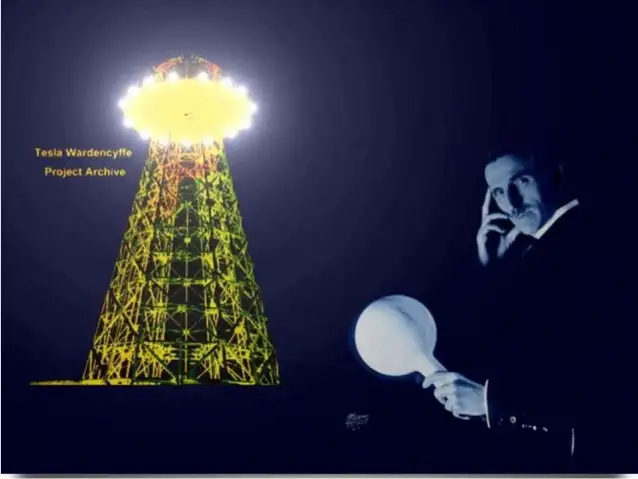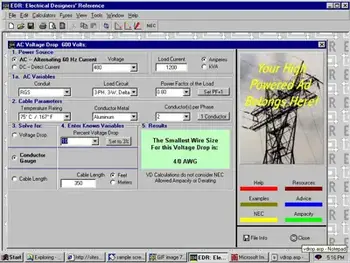Faraday's Law Explained
Faraday's Law of Electromagnetic Induction is a fundamental principle in electromagnetism that describes how a changing magnetic field can induce an electromotive force (EMF) in a conductor. The law is named after the English scientist Michael Faraday, who formulated it in 1831. Faraday's Law is central to understanding the generation of electric currents in many devices and systems, such as transformers, generators, and induction motors.
In mathematical terms, Faraday's Law can be expressed as:
EMF = -dΦB/dt
Here,
EMF represents the electromotive force induced in the conductor,
ΦB is the magnetic flux through a closed loop formed by the conductor, and
dΦB/dt is the rate of change of the magnetic flux with respect to time.
The negative sign in the equation arises due to Lenz's Law, which states that the induced EMF will generate a current in such a direction that it opposes the change in the magnetic flux that produced it.
Faraday's Law states that when a magnetic field changes within a closed conducting loop, either by varying in strength, changing in direction, or by the conductor moving through the magnetic field, an electromotive force is induced in the loop. This induced EMF causes an electric current to flow through the conductor if a complete path is available for the current.
The principle of electromagnetic induction is the basis for the operation of various electrical devices, including:
- Generators: These devices convert mechanical energy into electrical energy by rotating a coil within a magnetic field, causing the magnetic flux to change and inducing an EMF in the coil.
- Transformers: Transformers work on the principle of mutual induction, where a changing current in the primary coil produces a varying magnetic field, which in turn induces an EMF in the secondary coil.
- Induction motors: In these motors, a changing magnetic field is created by the stator, inducing an EMF in the rotor conductors, which generates a current that interacts with the magnetic field to produce torque and drive the motor.
Faraday's law states that a changing magnetic field within a closed conducting loop, such as a coil of wire or a loop of wire, induces an electromotive force (EMF) in the loop. This induced EMF is equal to the rate of change of the magnetic flux through the loop and results in an electric current flowing through the conductor if a complete path is available for the current. The law mathematically expresses the relationship between the magnetic flux rate of change through a closed loop and the EMF generated in that loop.
In many electrical systems, the number of turns in a coil and the strength of the magnetic field, often produced by a bar magnet or an electromagnet, play a crucial role in determining the induced EMF. The magnetic force exerted by the magnetic field on the moving charges within the conductor generates the induced electric field, which drives the electric current.
The Faraday law of induction is closely related to Lenz's law, as it describes the direction of the induced current in a closed loop. The law states that the induced EMF generates a current in such a direction that it opposes the change in magnetic flux that produced it. As a result, the magnetic field's strength and the loop's geometry and motion affect the magnitude of the induced current.
James Clerk Maxwell, a pioneering scientist in electromagnetism, developed a set of equations known as Maxwell's equations that describe the behaviour of electric and magnetic fields. These equations encompass Faraday's law and other fundamental laws like Ampere's and Biot-Savart's Law, forming a complete understanding of electromagnetism.
Electromagnetic induction has a myriad of practical applications in everyday life. Generators, for example, convert mechanical energy into electrical energy by rotating a coil of wire within a magnetic field, altering the magnetic flux and inducing an EMF in the coil. On the other hand, transformers work on the principle of mutual induction, where a changing current in the primary coil generates a varying magnetic field, inducing an EMF in the secondary coil.
Induction motors are another application of Faraday's law. In these motors, a changing magnetic field created by the stator induces an EMF in the rotor conductors, generating a current that interacts with the magnetic field to produce torque and drive the motor. Furthermore, everyday examples of electromagnetic induction include wireless charging devices, metal detectors, and inductive stovetops.
Faraday's law is a cornerstone of electromagnetism, providing valuable insights into the relationship between magnetic fields and electric currents. By explaining the intricate interplay between these forces, Faraday's law has paved the way for countless applications, including electric generators, transformers, and induction motors. Furthermore, through the profound understanding of electromagnetic induction brought forth by this groundbreaking principle, modern society has been able to harness the power of electromagnetism, leading to advancements that continue to shape our world.
On-Site Training
Interested in cost effective, professional on-site electrical training?
We can present an Electrical Training Course to your electrical engineering and maintenance staff, on your premises, tailored to your specific equipment and requirements. Click on the link below to request a Free quotation.


